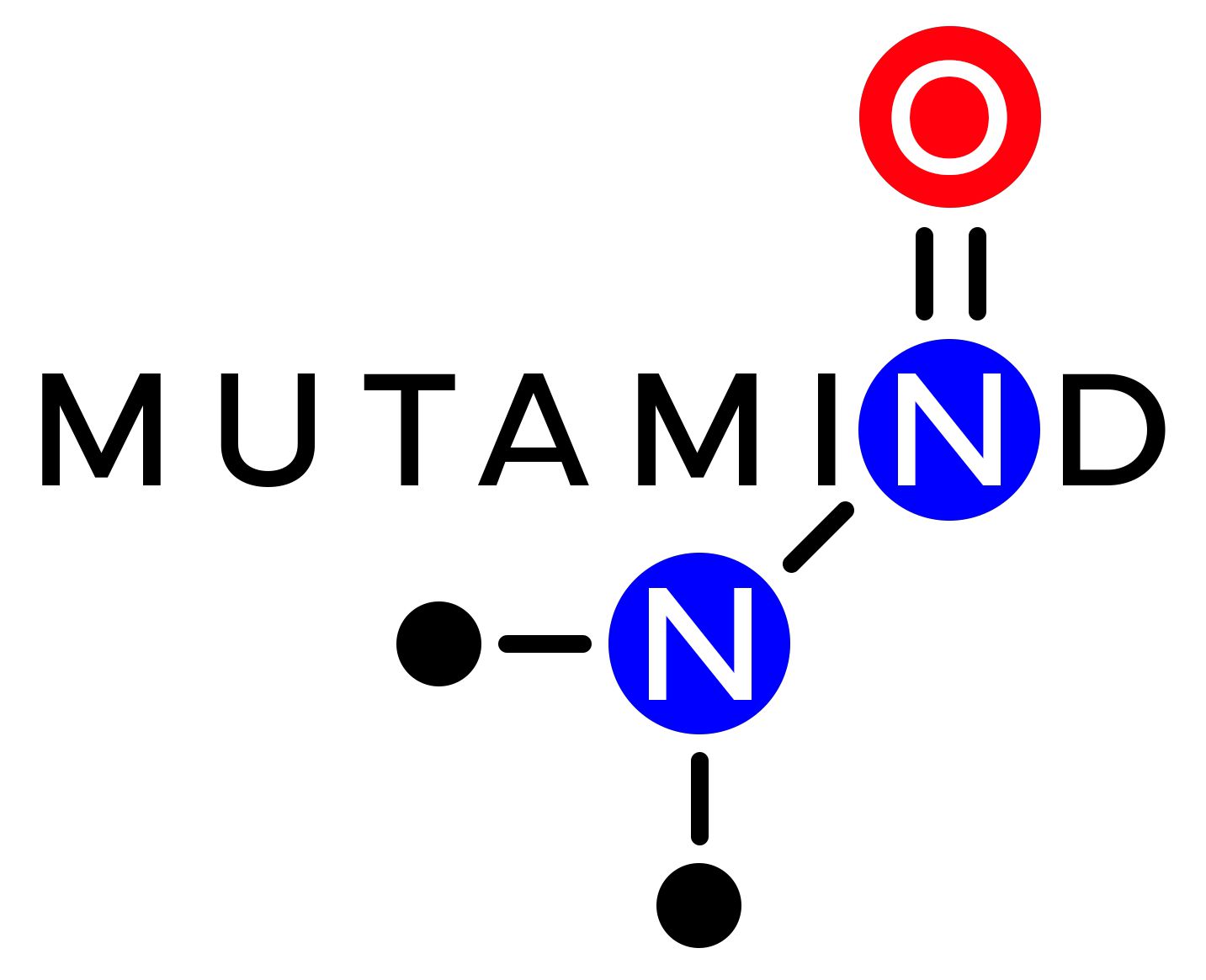
In recent years, some drugs have been recalled from the market due to slight impurities consisting of carcinogenic N-Nitrosamines (NAs). These “NA drug substance-related impurities” (NDSRIs) are giving rise to increasing concern in the pharmaceutical industry, because their mutagenic and carcinogenic potential is often unknown. As a result, regulatory activities have been initiated to improve risk assessment, including the EMA-financed MUTAMIND project. Led by Fraunhofer ITEM, eight partners are working to obtain a better understanding of the mechanisms that contribute to the mutagenicity of NAs and of NDSRIs in particular, and to develop custom-fit, sensitive in-vitro genotoxicity screening. The SC02 in-vitro subproject was aimed at optimizing the Ames test (mutagenicity in bacteria) to detect mutagenic NAs, and at evaluating the predictivity of the Ames fluctuation test and the in-vitro alkaline comet assay (to detect DNA strand breaks) with respect to the carcinogenicity of NAs using five liver models.
The subproject, spearheaded by Fraunhofer ITEM and involving six partners from Germany, the United Kingdom, Italy and the USA, covered the selection of substances, literature reviews, the corresponding experimental work and a final “Benchmark Dose Modeling” (BMD). The substances that were ultimately selected included more than 40 structurally different carcinogenic and non-carcinogenic NAs for validation purposes and NDSRIs of unknown mutagenicity. First of all, the metabolic competence of the selected liver cell models and exogenous metabolic activation systems (S9 mix) was characterized, as metabolic conversion is essential for the mutagenicity of NAs. Following this, the Ames test was optimized, and the comet assay was evaluated using a small group of NAs." For the Ames test, the pre-incubation method with three bacterial strains, water or a low concentration of DMSO as a solvent and 30 percent hamster S9 mix as exogenous metabolic system was found to be optimal for testing the mutagenicity of NAs. This design was then used to investigate the remaining, structurally diverse NAs, including many NDSRIs.
With the help of BMD analyses, the project demonstrated that the in-vitro comet assay with normal human liver cells, HepG2 cells plus hamster S9 mix or human liver slices is a promising tool for identifying mutagenic and non-mutagenic NAs. Subject to further validation, this test could usefully supplement the Ames test in assessing NA-related risks. The data obtained in the SC02 project will help to improve the accuracy of the potency categories determined using the Carcinogenic Potency Categorization Approach (CPCA) and make an important contribution to the ongoing regulatory activities regarding the risk assessment of NAs, including NDSRIs.
 Fraunhofer Institute for Toxicology and Experimental Medicine
Fraunhofer Institute for Toxicology and Experimental Medicine